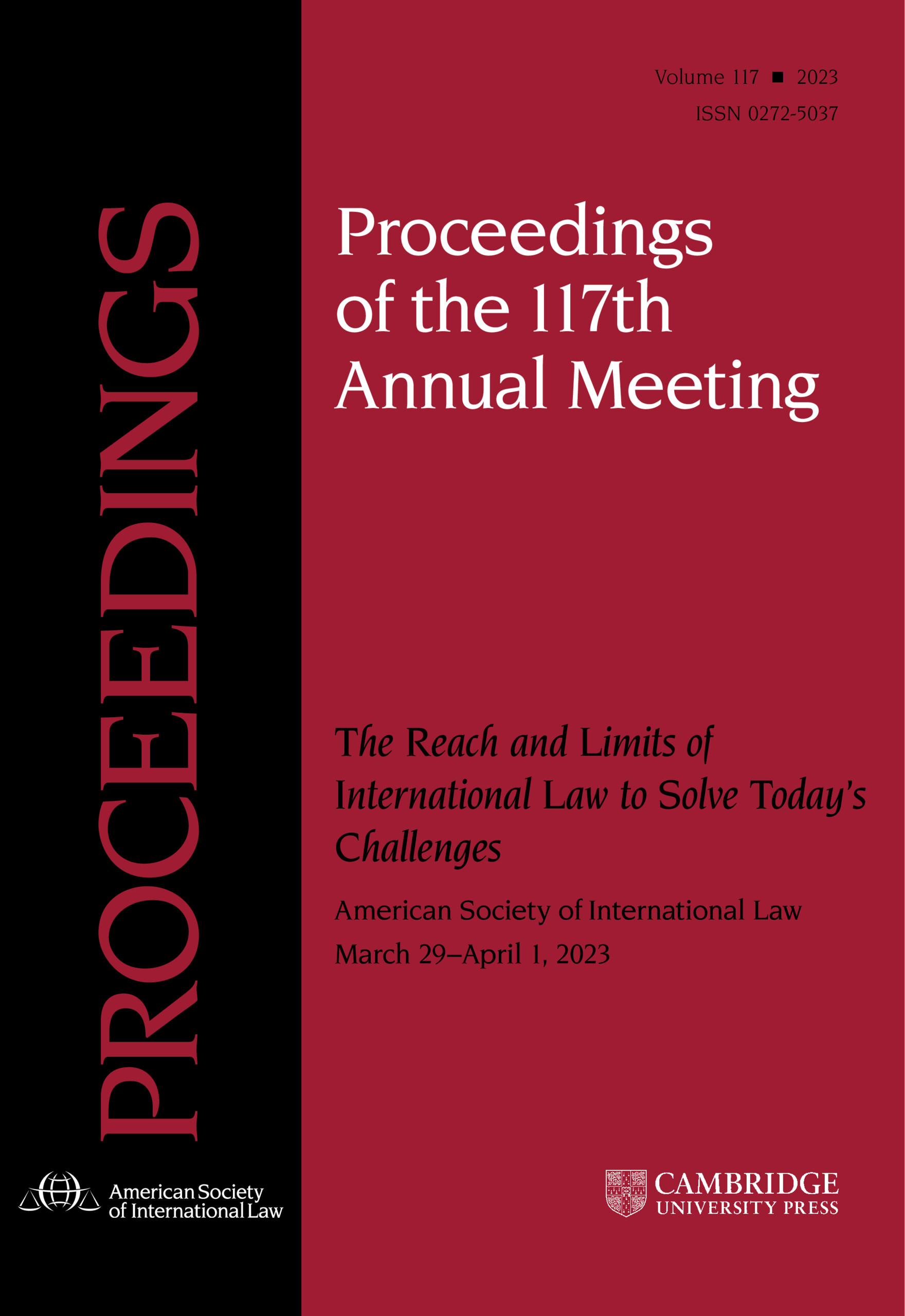Daniel Magraw emphasized the human rights turn in climate litigation.Footnote 1 There is a well-established relationship between human rights and the environment, and it is now generally acknowledged that a healthy environment is necessary for the enjoyment of a vast array of human rights. Importantly, environmental harm—including climate change—interferes with human rights.
Human rights can be a potent component of climate change claims at both the domestic and the international level and will continue to develop. An early example of human rights claims being brought in the context of climate change was the 2005 Inuit Petition brought to the Inter-American Commission on Human Rights. More recent international cases include the Committee on Human Rights Teitiota Footnote 2 case and the pending Torres Strait Islanders case.
Daniel Magraw reminded us of the wide impact of litigation, even when it would appear, if considered superficially, as unsuccessful. In 2005, the Inter-American Commission on Human Rights declined to consider the Inuit Petition without explanation, which some might consider a failure of the case. However, the Commission ultimately held a hearing on the connection between human rights and climate change impacts. Considering the subsequent actions by states, NGOs, and international organizations to solidify this now well-acknowledged link, the Petition thus was successful in putting a human face on climate change. In this context, Daniel Magraw pointed out that strategic litigation can be effective if it is part of a broader campaign for change.
Another case that has not technically “succeeded” is the well-publicized Juliana Footnote 3 (or Our Children's Trust) case in the United States, which was dismissed for lack of standing by an appellate court, but had the indirect effect of raising awareness of climate change impacts on the rights of children and future generations.
A key point stemming from Daniel Magraw's presentation was that the impacts of litigation are not only what was originally intended by the plaintiff but can include indirect impacts such as an influence on social and government behaviors.


